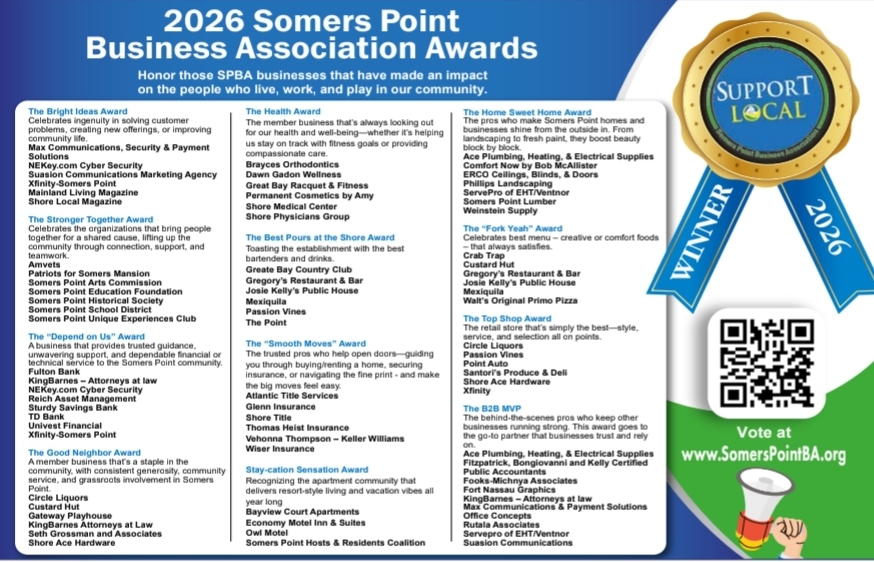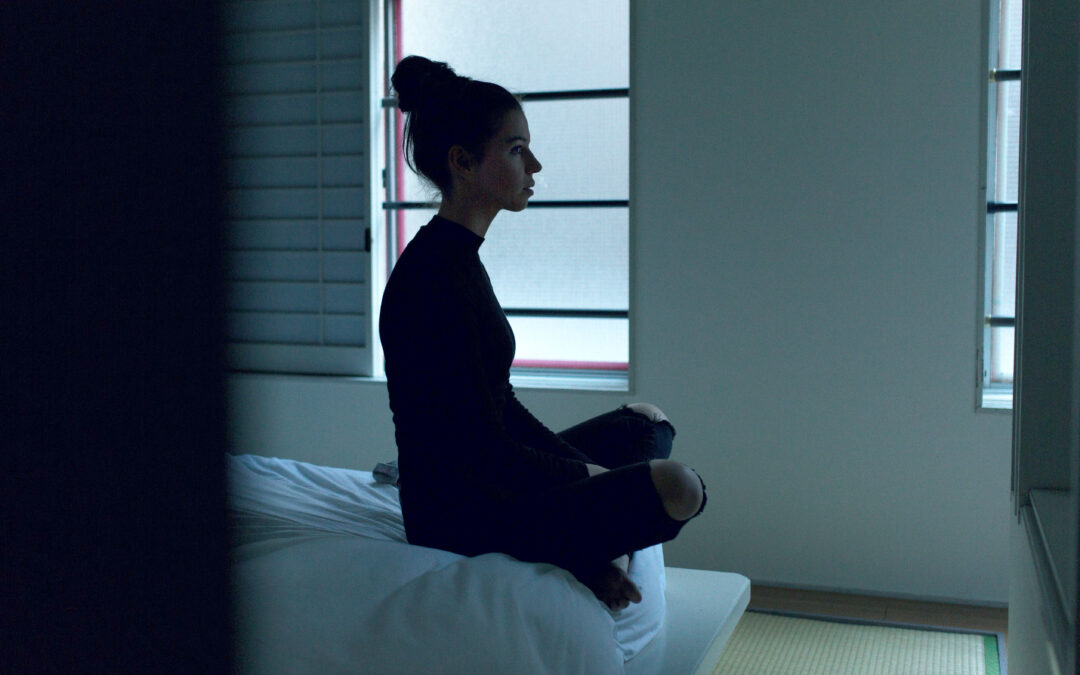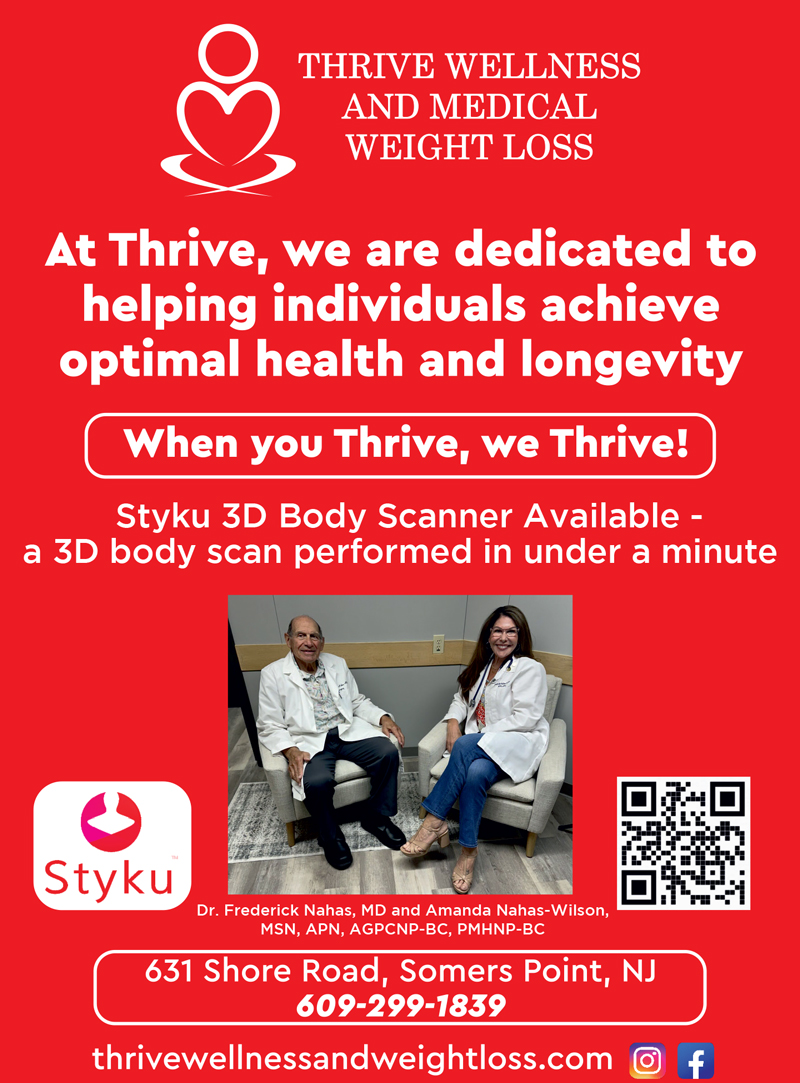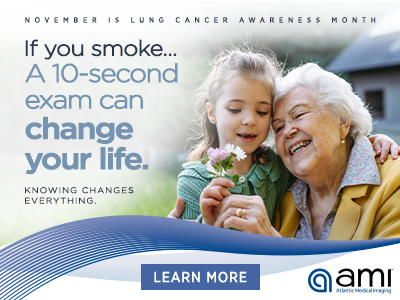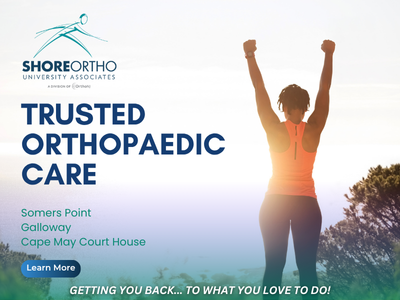When October rolls around, many of us notice the shorter days, the crisp fall air and the pumpkin spice everything. It is also a month that brings awareness to a much heavier topic: depression. Depression Awareness Month isn’t just about wearing a ribbon or posting a social media graphic. It’s about recognizing that depression is real, common and serious, and that it’s not something anyone can just “snap out of.”
Depression can take many forms. For some, it’s a persistent sadness that lingers day after day. For others, it shows up as irritability, fatigue or a loss of interest in things that used to bring joy. Some people experience trouble sleeping, changes in appetite or difficulty concentrating. Yet, it’s often invisible to those around them. Unlike a broken arm, you can’t see depression on the surface, which sometimes makes it harder for people to understand, or for those experiencing it to ask for help.
A big misconception is that depression is simply feeling sad or that it’s a weakness. That couldn’t be further from the truth. Depression is a complex medical condition influenced by brain chemistry, genetics, life events and other health issues. It affects how people think, feel and function. Telling someone to “cheer up” is not only unhelpful, it can also feel dismissive and isolating. Recovery doesn’t happen by willpower alone; it usually requires a combination of treatment, support and self-care strategies.
According to recent estimates, millions of adults in the U.S. experience a major depressive episode each year. The National Health Interview Survey finds about one in 20 adults experience ongoing depressive symptoms. It touches all ages, genders and backgrounds, though certain groups, such as teenagers, women and people facing chronic illness or social stressors, are at higher risk. Depression is also strongly linked to anxiety, substance use and other mental health conditions, which can complicate diagnosis and treatment.
Depression is a complex and multifaceted condition, and understanding its prevalence is crucial for fostering awareness and encouraging those affected to seek help and support. The good news is that depression is treatable. Evidence-based therapies, such as cognitive behavioral therapy (CBT) or interpersonal therapy, help people understand and change the thought patterns and behaviors that contribute to their symptoms. Medications can also play a role, helping to rebalance brain chemistry. For many people, a combination of therapy, medication and lifestyle support — like exercise, nutrition and consistent sleep — makes a real difference.
Support systems are critical, too. Friends, family and community can provide understanding, encouragement and accountability that help someone stick with treatment. Sometimes, just knowing that someone is listening without judgment can make a huge difference. That’s why Awareness Month isn’t just about educating the public — it’s about creating a culture where people feel safe seeking help.
It’s also important to recognize the impact of the seasons themselves. As the days grow shorter and sunlight decreases, some people experience seasonal affective disorder (SAD), a type of depression linked to changes in light exposure. SAD highlights how environmental factors can influence mood and underscores that depression isn’t always tied to personal failure or circumstance. Light therapy, regular activity and preventive strategies can help mitigate these seasonal effects.
Mental health stigma remains a challenge, even in 2025. Many people hesitate to reach out because they fear judgment, dismissal or appearing “weak.” Depression Awareness Month is an opportunity to counter that stigma, remind people that treatment works and encourage open conversations. Sharing stories — whether of recovery, ongoing struggle or support for a loved one — can reduce feelings of isolation and normalize seeking help.
Practical steps for anyone struggling can be simple but effective. Scheduling a conversation with a health care provider, setting up regular routines and checking in with trusted friends or support groups are all actionable measures. If you notice someone is troubled, offering a listening ear, helping them research resources or gently encouraging professional support can be life-changing. Crisis lines and mental health hotlines are available 24/7, ensuring that help is accessible whenever it’s needed.
October is a reminder that depression is more than sadness, it’s a medical condition, a challenge, and a reality for millions. It’s also a call to action: to check in with ourselves, support those around us, and create a culture where mental health is taken seriously. Depression doesn’t define anyone, and with proper care, people can regain stability, joy, and connection.
If you or someone you care about is battling depression, remember help is available. Talking to a doctor, therapist, or counselor is not a sign of weakness; it’s a step toward reclaiming your life. This October, let’s recognize Depression Awareness Month by making mental health a priority, starting with compassion, for ourselves and for one another.
Robin is a former television reporter for NBC News 40. She currently hosts a podcast and radio program called Living Well with Robin Stoloff. It airs Sundays at 10 AM on Lite 96.9. You can email Robin at livingwellwithrobin@gmail.com



